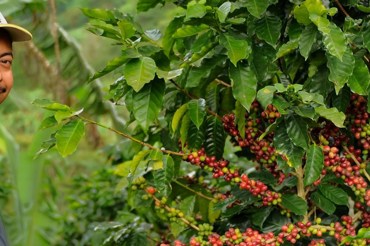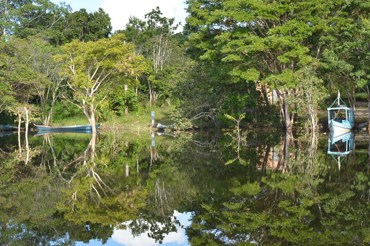News
An alternative to illegal wildlife trade? Laotian communities tap into rattan, the new “green gold”, for income

A participatory assessment being conducted in the Ban Tha and Ban Beng ethnic communities in Phou Xieng Thong national protected area. Photo: Oulathong V.Viengkham (AFC) and Khamphomy Khounlavong (Lakornpheng District Agriculture and Forestry Office).


